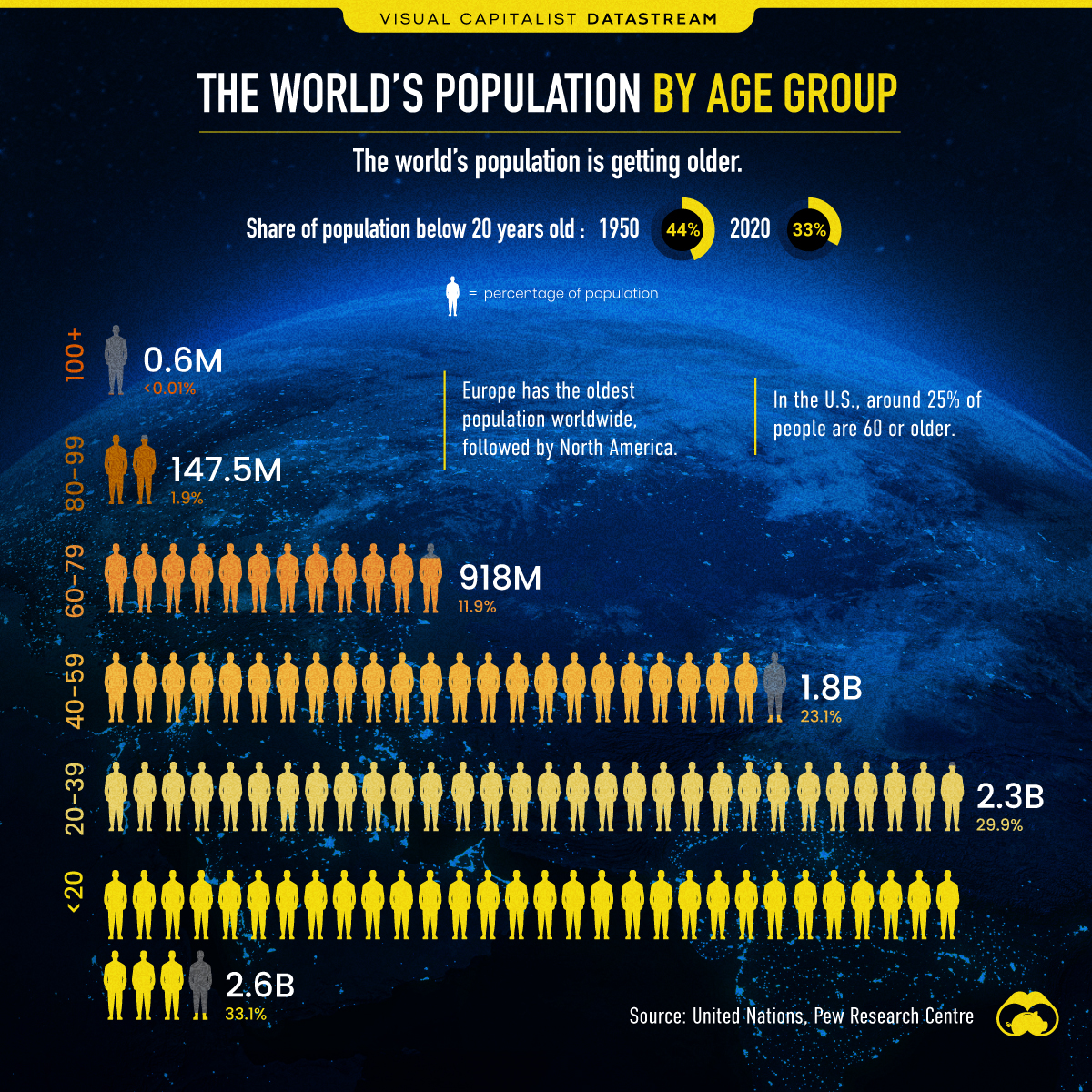How Many People Are in the World Right Now?
Introduction
The world’s population is a dynamic and ever-changing figure that plays a crucial role in shaping economies, societies, and global policies. As of 2024, the global population stands at approximately 8.1 billion people. This number continues to grow, influenced by factors such as birth rates, mortality rates, and migration patterns. Understanding world population trends is essential for addressing global challenges, including resource allocation, urbanization, and environmental sustainability.

The Current Global Population
According to estimates by the United Nations and the World Bank, the world population reached 8 billion in November 2022. As of 2024, the number has increased to around 8.1 billion and is expected to continue growing at a steady rate. However, the rate of growth has slowed down compared to previous decades, reflecting changes in fertility rates and economic development in different regions.
Population Growth Trends
Historically, global population growth has seen significant fluctuations:
- 1800: The world had an estimated 1 billion people.
- 1900: The population doubled to 2 billion.
- 1950: The number grew to 2.5 billion.
- 2000: The global count reached 6 billion.
- 2024: The population stands at approximately 8.1 billion.
The most rapid growth occurred in the 20th century, largely due to advancements in healthcare, sanitation, and agriculture. However, the rate of increase has been slowing due to declining fertility rates in many countries.
Factors Influencing Population Growth
Several key factors contribute to the ongoing changes in global population:
1. Birth Rates
Birth rates vary significantly by region. Developing countries tend to have higher birth rates due to cultural, economic, and healthcare factors. In contrast, developed nations, particularly in Europe and East Asia, experience lower birth rates due to urbanization and economic pressures.

2. Mortality Rates
Advancements in healthcare, vaccines, and disease prevention have led to declining mortality rates, especially in developing nations. However, life expectancy varies worldwide, with some regions still facing high infant and maternal mortality rates.
3. Migration Patterns
Migration affects population distribution rather than total global numbers. People move across borders for economic opportunities, political stability, and environmental conditions. Regions like North America and Western Europe see an influx of migrants, while countries with economic hardships experience emigration.
Which Countries Have the Largest Populations?
The world’s population is not evenly distributed. The most populous countries include:
- China: 1.4 billion people
- India: 1.4 billion people (expected to surpass China soon)
- United States: 332 million people
- Indonesia: 277 million people
- Pakistan: 240 million people
These countries alone account for a significant portion of the world’s population, influencing global markets and policies.
Challenges of Population Growth
1. Resource Scarcity
An increasing population means higher demand for food, water, and energy. Sustainable resource management is essential to meet these needs without harming the environment.
2. Urbanization and Infrastructure
More people are moving to cities, leading to rapid urbanization. This trend creates challenges related to housing, transportation, and pollution control.
3. Climate Change
A growing population leads to higher carbon emissions, deforestation, and land degradation. Efforts to curb climate change must consider population trends and resource consumption patterns.
Future Predictions
Experts predict that the global population will reach approximately 9.7 billion by 2050 and could peak at around 10.4 billion by 2100. Some regions, particularly in Africa, will continue to experience high growth, while others, such as Europe and East Asia, may see population decline due to aging demographics.
Conclusion
Understanding global population trends is crucial for shaping policies on sustainability, economic development, and social welfare. As the world continues to grow, efforts must focus on balancing resources, improving quality of life, and ensuring a sustainable future. The challenge ahead lies in managing population growth while maintaining environmental and economic stability for future generations.

